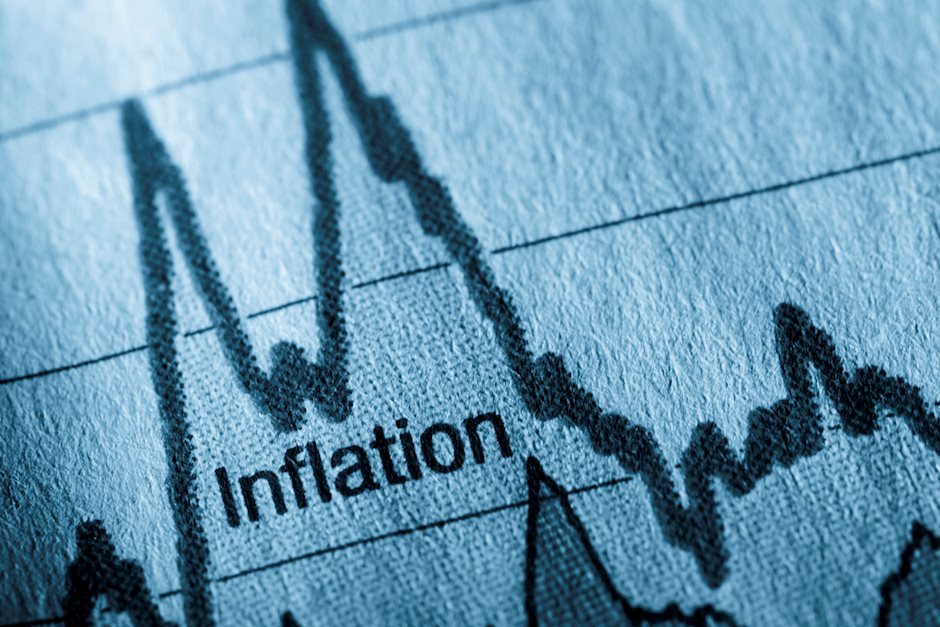Stagflation warning: Service economy contracts as prices rise

In another stagflation warning sign, the U.S. service sector contracted in April even as service prices rose.
The Institute for Supply Management's non-manufacturing PMI dropped to 49.4 in April, dipping from 51.4 in March. The expectation was for the index to increase to 52.0.
A PMI reading below 50 signals a contraction in the service economy.
It was the lowest non-manufacturing PMI reading since December 2022.
Services account for more than two-thirds of U.S. economic activity.
An index measuring new orders for service businesses dipped to 52.2 in April, falling from a March reading of 54.4. Meanwhile, production in the service sector plunged from 57.4 to 50.9. The last time the services production index fell that low was May 2020, in the early months of the pandemic.
The survey's measure of services sector employment also fell, dropping from 48.5 in March to 45.9 in April.
Even as the service economy contracts, prices are heating up. The survey's measure of business input prices jumped to 59.2 from 53.4 in March.
This dovetails with CPI data that showed service price inflation increased to 5.27 percent in March. That was up from 4.95 percent in February. Service prices account for 57 percent of the CPI.
There is a word for a combination of rising prices, lagging economic growth, and rising unemployment - stagflation.
After the Federal Reserve FOMC meeting last week, Fed Chair Jerome Powell insisted there were no signs of stagflation.
“I don't really understand where concerns about stagflation are coming from. I don’t see the stag or the 'flation.”
You can certainly argue that the economic picture is nothing like the stagflationary years of the 1970s. But the warning signs are clearly there - as evidenced by the services PMI report and other recent economic data.
And the macroeconomic foundation has been set for a period of stagflation. We had an unprecedented amount of inflation created during the pandemic. The Federal Reserve alone injected nearly $5 trillion in new money into the economy. This is the definition of inflation. One of the consequences of monetary inflation is price inflation. And despite the Fed's efforts to quell price inflation, the central bank hasn't done enough. In fact, monetary policy remains loose by historical standards. That means the Fed continues to create inflation.
But the Fed has hiked interest rates enough to break things in this debt-riddled bubble economy. We're beginning to see signs of economic stagnation, including the recent non-manufacturing PMI, the first quarter GDP slowdown, and the April labor report.
Powell's assurances notwithstanding, stagflation appears to be a very real possibility.
To receive free commentary and analysis on the gold and silver markets, click here to be added to the Money Metals news service.
Author

Mike Maharrey
Money Metals Exchange
Mike Maharrey is a journalist and market analyst for MoneyMetals.com with over a decade of experience in precious metals. He holds a BS in accounting from the University of Kentucky and a BA in journalism from the University of South Florida.

















